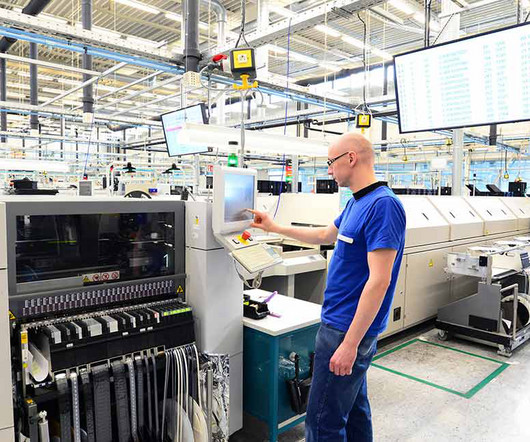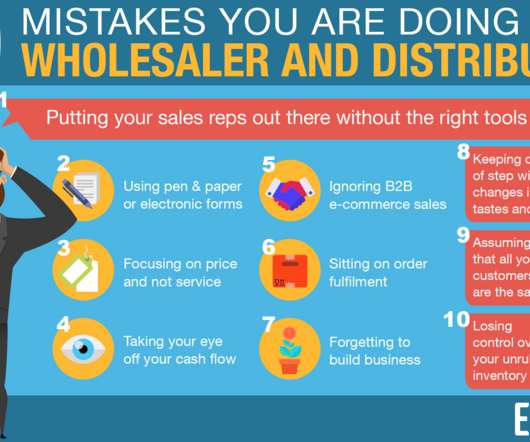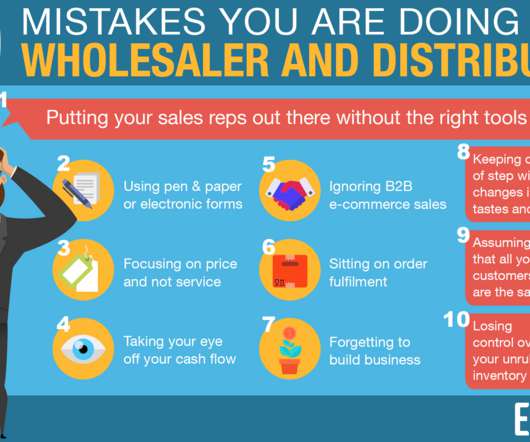6 Manufacturing Trends You Need to Know
Arena Solutions
APRIL 4, 2023
The global manufacturing sector has seen an upswing, a technological renaissance of sorts. Since the start of 2012, more people graduating from college and universities are entering the engineering/manufacturing fields. Big data The use of big data is increasing in manufacturing. Breaking it down In the U.S.



























Let's personalize your content